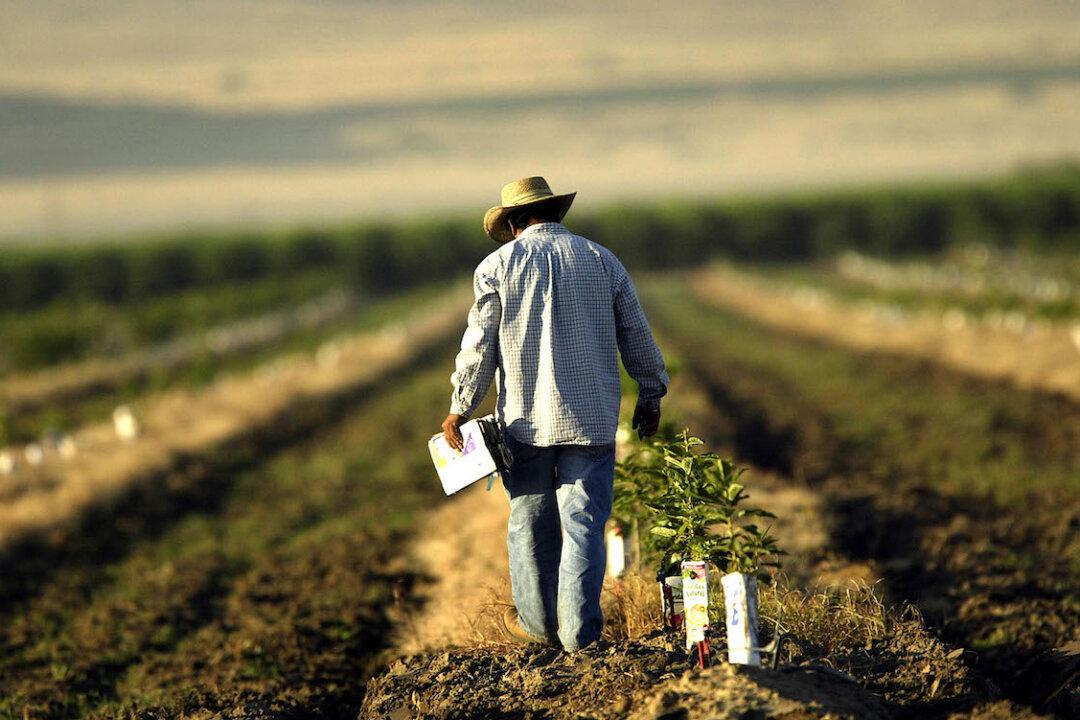The Environmental Protection Agency (EPA) under the Biden administration announced on Aug. 18 that it will halt the use of a pesticide that many studies have linked to negative health effects.
Chlorpyrifos, a widely used agricultural pesticide, will be banned from use for all food production purposes in order to protect human health, especially that of children and farmworkers, the EPA announced. The ban will take effect in six months’ time.




